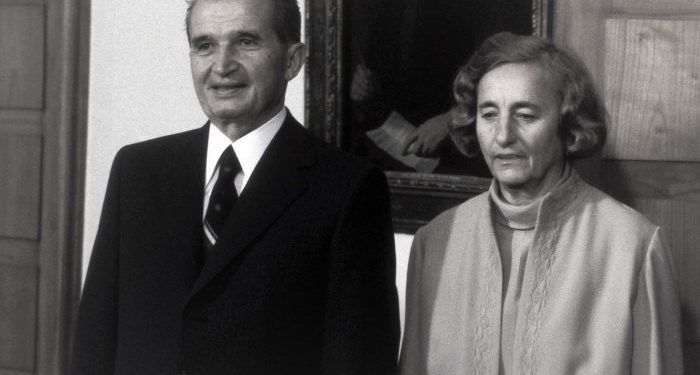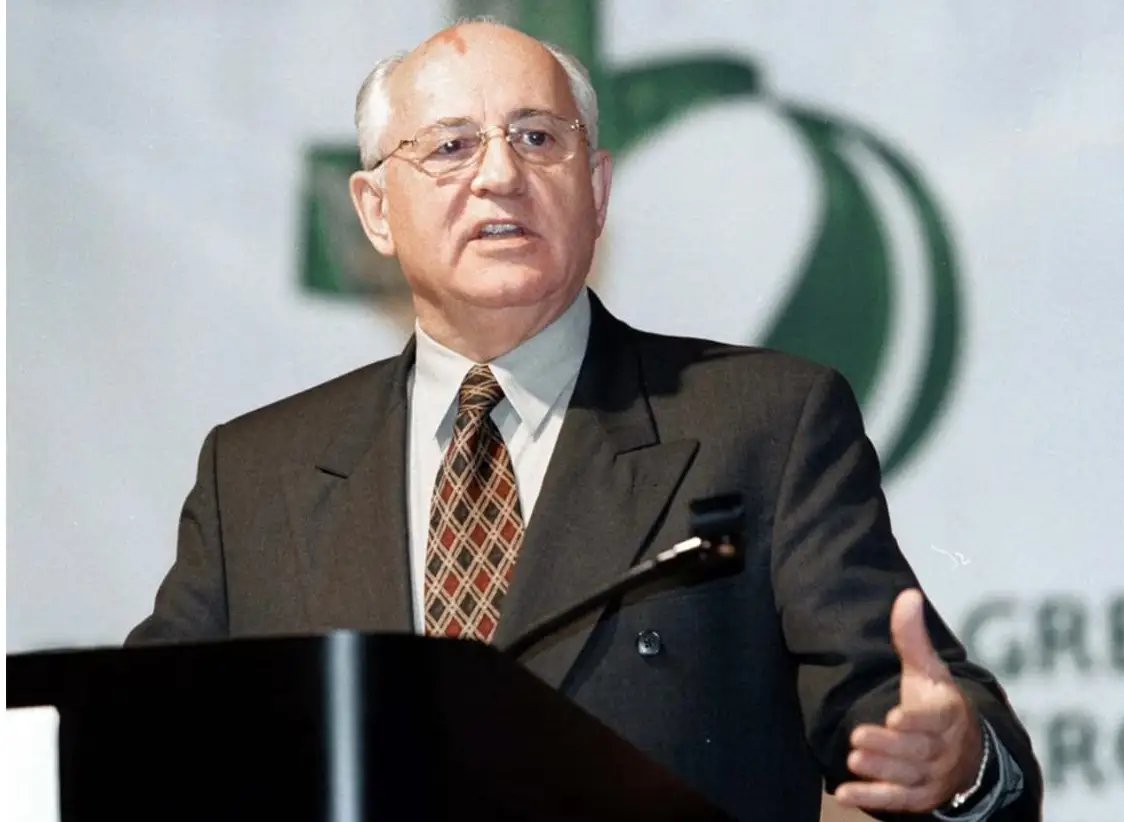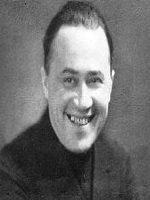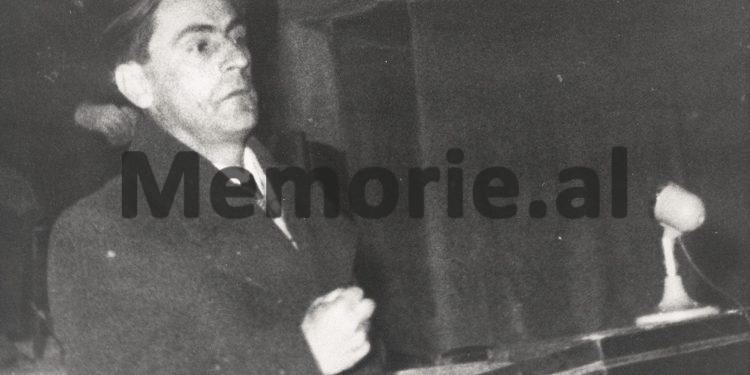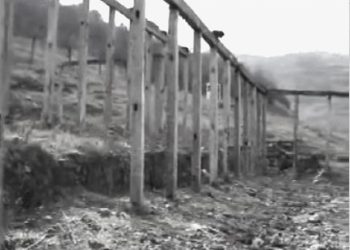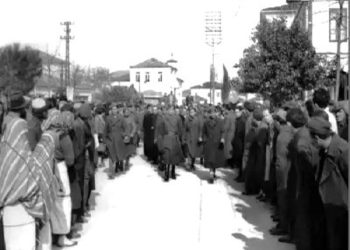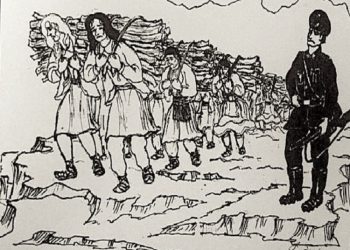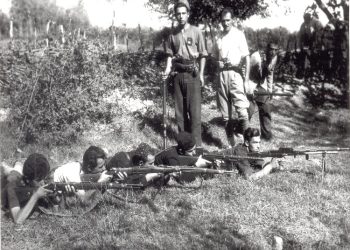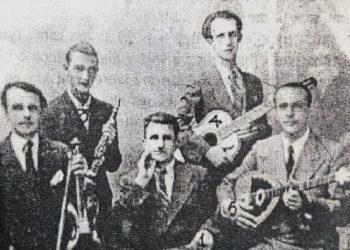By Genc Korça
Second part
Memorie.al / The 20th century entered fiery optimism. Political thinkers across Europe saw ranks of industrial workers rallying around the banners of socialism across the continent. Thus, it was quite clear to conclude that none of the socialist workers, whether in France, Germany or elsewhere in the ranks of the industrialized nations, could raise a rifle against other socialists, no matter on which side of the border they might be. . But at this time, Duke Ferdinand of Austria was shot dead in Sarajevo and the First World War put aside the pacifist utopia. Before the end of the war, the Soviets could begin building a workers’ paradise, drowning the Tsarist regime in blood, as well as any opposition to Marxism-Leninism. In addition, Germany was able to throw off the poverty and turmoil of the aftermath of World War I and elect Adolf Hitler as chancellor. Germany was able to unite closely under the banner of the National Socialist Party and rise to the level of a world power in just six years.
Continues from last issue
Thus, one morning, the dream of millions of people oppressed behind the Iron Curtain, became a reality. The Berlin Wall, the symbol of division and tyranny, came down. West and East Germany became one. One by one, the Soviet satellites blew off their shackles. It seemed that freedom triumphed. Long lines of prisoners began to emerge from the dark and dank prisons, filled with the horror of past tortures, returning to their homes and breathing freely. Unfortunately, however, many of them did not achieve this. However, as the years passed, the bells of victory began to ring loudly…!
The Ceausescu’s, man and woman, were executed from the start, and the atrocities of almost half a century of Romanian communism were declared fully repaid. When West and East Germany were reunified, no significant punitive steps were taken against the members of the red elite, in many cases, “because of their advanced age”. (!) For the red leaders, compassion was sought, if they had acted in the same way as their opponents. (!) From time to time, the need for national unity and forgiveness was called for, to avoid aggravating the wounds caused by the red regime.
In this regard, it is worth mentioning that, after a visit abroad, President Berisha emphasized that Germany had offered material and financial assistance, on the condition that Albania avoid the development of political trials, which could aggravate internal tensions. Today, voices within the European Union are questioning the usefulness of such an achievement. The above events showed a certain parallelism, if not identity, of the events that took place after the fall of communism, in some former satellite countries.
Here’s what happened in Albania: In October 1989, with the fall of the Berlin Wall and a full two years before relinquishing the reins of power, Ramiz Alia, the first secretary of the Party of Labor (Communist) of Albania, addressed the Bureau Political, governing body of the Party. Here we are trying to give the most important points of his speech. He told his colleagues that, two years ago, some communist heads of state had met with Comrade Gorbachev in Poland. Albania had not followed this, but had received a written communication from Comrade Mihail Gorbachev.
According to this message, the communist system had failed in the fight against capitalism and the communists had to be absorbed into the new capitalist class if they were to survive and maintain their political supremacy. First of all, they should show respect for human rights. Second, they had to create a multi-party system, always making sure that all parties came under communist control and leadership. The former persecuted had to receive some compensations, but they should not be feared. They were too old to cause damage.
Their children had to be offered passports and encouraged to start a new life abroad. In addition to the support from their ideological allies around the world, the communists also had to enjoy the support of the Western democracies, with which, Enver Hoxha and Ramiz Alia, had kept secret and effective ties, due to important (common) interests.
“Comrade Enver Hoxha and he, Ramiz Alia, had cultivated these necessary and vital ties that, after all, had guaranteed the survival of the People’s Republic of Albania”. (Weird!) Please note that in 1991 Comrade Gorbachev received the Nobel Peace Prize for his efforts in the name of peace, Perestroika (economic and political reconstruction), and Gllasnosti (opening)!
In 1989, many may have thought that Ramiz Ali’s speech sounded more like wishful thinking than a realistic plan of action. In retrospect, it turned out to be an accurate prediction of the events that unfolded in Albania and the satellite countries of the Soviet Union. After the fall of communism in Albania, some party members understood the Party’s sins, but very few of them accepted them. Many communists did not deny that mistakes had been made, but were quick to add that these were of minor importance.
Practically, all the major exponents of the previous (communist) bloodthirsty regime, such as Adil Çarçani, went unpunished and led a normal and comfortable life in Tirana. As an important communist figure, Çarcani had worked on the formulation and implementation of some of the regime’s worst initiatives. He had been at the pinnacle of power for years, hovering like a “moth” around the candle flame, even though he was burned by it. His attitude after the 90s was that he had no reason to feel sorry, “because he only applied the laws of the time” (!)
According to Mr. Çarçani, mass arrests, torture and terror throughout the country were legal and therefore justified. According to his reasoning, the monstrous crimes of Stalin and those of Nazi Germany were equally justified, because of their legitimacy, even though they violated every aspect of justice and human rights. However, according to Mr. Çarçani and those who share the same views, what is legal is also justified, regardless of how dishonest, barbaric and hateful the actions undertaken in the name of the law are.
Here are some victims of torture that I met in the Military Hospital of Tirana, during the years 1945-1948. During the winter of 1944-45, the guards dragged a prisoner into our cell because he was unable to walk. I recognized him immediately. It was Father Lazër Shantoja, a Jesuit priest, in his fifties, a friend of my family. Father Shantoja was a big man, a man with wide knowledge and an outstanding writer. He was also strong in his faith and had been an open enemy of communist atheism. Now, he lay on the floor, barefoot. I went to see if I could help him. His right leg was damaged, but he seemed fine.
The left foot was in bad shape, bare, with the little toe broken and hanging off the skin. I cut his finger and bandaged the wound. While I was working on his leg, Father Lazri told me what had happened. He was arrested in Shkodër. While he was standing in a small room, a man, no distinguishing marks on his uniform, but obviously a state authority, had entered and Father Lazri was standing. – “Do you know who I am”, the man had asked. – “No, I don’t know”, answered the priest. – “I am Mehmet Shehu”! – “I am pleased to meet you.” – “We will see if you are satisfied”!?
Saying these ominous words, the man left the room. Very soon after that, the prison guards had started torturing the prisoner. Father Shantoja stayed with us, less than an hour. It turned out that they had brought him to the wrong prison. The guards dragged him away. Then we heard a car drive away.
Father Lazri was shot, shortly after he had left, on March 5, 1945. He was the first Catholic priest, who started the path of calvary, in the footsteps of his teacher. In the months and years that followed, many other priests were able to climb the “Way of Sorrow” (“Via Dolorosa”). In the summer of 1945, I spent 42 days in solitary confinement, along with my father and ten other men, in the New Prison in Tirana.
When we entered the isolation cell, we saw Father Anton Harap standing on his bunk and looking at us. I recognized him from photographs and what my father had told me about him. He was in his mid-fifties, short, stocky, with big ears. Two large patches of skin fell from his nose to his chin.
As I was looking at him, what struck me the most were his penetrating eyes? Most of the time, they were calm, the eyes of a man at peace with himself and the world. As part of the daily routine, Father Antoni usually celebrated the daily mass, with the bread and wine brought to him by the sisters (the wine came from the fruit salad).
One day, Father Harapi asked Shuk Gurakuqi, a Catholic from Shkodra, why he didn’t attend mass, and Shuk replied that he couldn’t sit side by side with two ex-non-commissioned officers of the gendarmerie, who were spies for the director of prison! That day, I saw Father Anton’s eyes twinkle as he reprimanded the two unfortunate non-commissioned officers in front of him. Padri didn’t try to lower his voice. As long as they had served as spies, he absolutely forbade them to attend mass.
As time went on, I noticed that, twice a day, he tried to plug his ears. I told him not to do this, until one day, as I was pulling one of his ears to straighten his ear canal, I bluntly asked him, “Father, did you ever think that the day would come, that I would pull you twice a day by the ears”?!
He didn’t laugh when he answered: “Why don’t you ask me why I need these corks”?! He went on to explain that the torturers had inserted a wire into his ear drum and wrapped another wire around his genitals. Both wires were connected to an electrical source.
When they released the current, the electricity passed through the priest’s body, from one wire to another. When the eardrum was destroyed, they inserted the top wire into the other ear, until the eardrum also burst. Father Harapi was known as one of the most educated and humiliated by the communists, among his contemporaries. After a few months, he was executed by firing squad.
While I was working as an assistant surgeon at the Tirana Military Hospital, our group was called from time to time to take care of prisoners. One day, they brought a prisoner into the operating room, his wrists cut. I recognized him immediately. He was Dr. Ahmed Sadedini, a friend of my father, who had taken care of me. For some time, he directed the Albanian Red Cross.
Doctor Sadedini was tall, healthy; a man who enjoyed life, food and drink; a man who lived well. But when he got there, he was skin and bones. Arrested and tortured, he attempted suicide by cutting his wrists with a small spoon, which he usually used to clean his pipe.
When we were near the end of dressing the wounds, Major Augi, our chief surgeon, asked me to use sulfur powder on the wounds. Doctor Sadedini spoke for the first time. “Why are you trying to save my life?! For them to torture me again”?! In another case, our team was called to the hospital prison, to treat Major Neshat Hashon.
I had known the major when he was in charge of the military garrison in Peja. He was tall, lean and strong, with a sharp profile, controlled in his words and movements. A true soldier. The second time, our paths met in prison, in Tirana.
He was released after a few months because he was an artillery officer and the communists needed him to train future cadres. When they brought him to the hospital, after three years, both of his legs were broken in the middle, between the knees and ankles. The wound was neglected and filled with maggots.
When I entered the cell, he was lying on his back, his hands tied to the sides of the bed. While we cleaned and medicated his wounds, put his legs in braces, – with the sergeant guarding him, – he exchanged words with all his anger.
When we left, the guards started beating him and only stopped when officers from the nearby pavilion complained about the prisoner’s loud cries. From the way he was strapped to his back, and with both legs in braces, it was a wonder where he was being hit! After an hour, a Security officer came to our office and asked Dr. Aug how long it took for the patient to recover. “Six months, to end the complications”, was the surgeon’s answer. The next day, I went to treat the prisoner. The bed was empty.
The prison sergeant told me that yesterday afternoon, they had taken the prisoner to the yard to execute him. They had tried to raise him on his broken legs, but, according to the sergeant, the prisoner was not man enough to stand on his own legs and die like a man! So they had put him back on the bed, raised the bed to half height and shot him from behind.
The prisoner, involved in the fifth case I will tell, was unknown to me. He appeared to be in his fifties and had been bumped into the bed. There was a precisely round wound, between the shoulders. The wound was 4-5 inches in diameter and about an inch deep. It was clean, but it smelled horrible. Doctor Augi first lit a cigarette and then left the room, telling me to bandage his wound.
Before I could, they brought the prisoner lunch, a bowl of bean soup. That evening, before going home, I went into the cell to bandage his wound once more. I found him dead, his face buried in the bowl of beans. The following episodes are about my father. He was arrested on November 17, 1944 and sentenced to death by the “Special Court”, after a few months. The same court commuted his sentence to life imprisonment.
During the summer months, prisoners were sent to labor camps, where they did hard physical labor. We knew when this time was coming because father always asked for medication to make him constipated, as the guards wouldn’t let the prisoners get out of the car for days, not even to go to the bathroom. One day, the father had a fever, so he was excused from work. When the other prisoners were taken to work, we heard that the father had been tied to the coils of barbed wire that surrounded the camp and had been left there until the workers returned for dinner.
I didn’t believe the words when I heard them for the first time. However, when he sent the clothes to be washed, they had blood stains that clearly showed the shape of the barbed wire. Now, we learned that…! After a few years, the father fell ill with pulmonary TB. The prison authorities in Burrel refused to hospitalize him. We sent him small vials of streptomycin, which we had received from Italy. The prison authorities refused the antibiotic because it had to be given by injection. They sent us back the same amount of small bottles of streptomycin.
But the bottles we got from them were not the ones we had sent to father. The bottles we received had expired a long time ago. What kind of government can deny health care to a prisoner and, in the process, steal a few bottles of streptomycin?! Finally, protesting, the father went on hunger strike. After a few weeks, Kadri Hazbiu, the interior minister, came to see his father and convince him to start eating again.
When the father refused, Hazbiu started shouting loudly. The father told him that he was the one who was dying and that Enver Hoxha, the leader of the Communist Party, was nothing to him. And he, Kadri Hazbiu, would do well to be careful, because, sooner or later, Enver would execute him himself! The father died as a result of his hunger strike /Memorie.al




